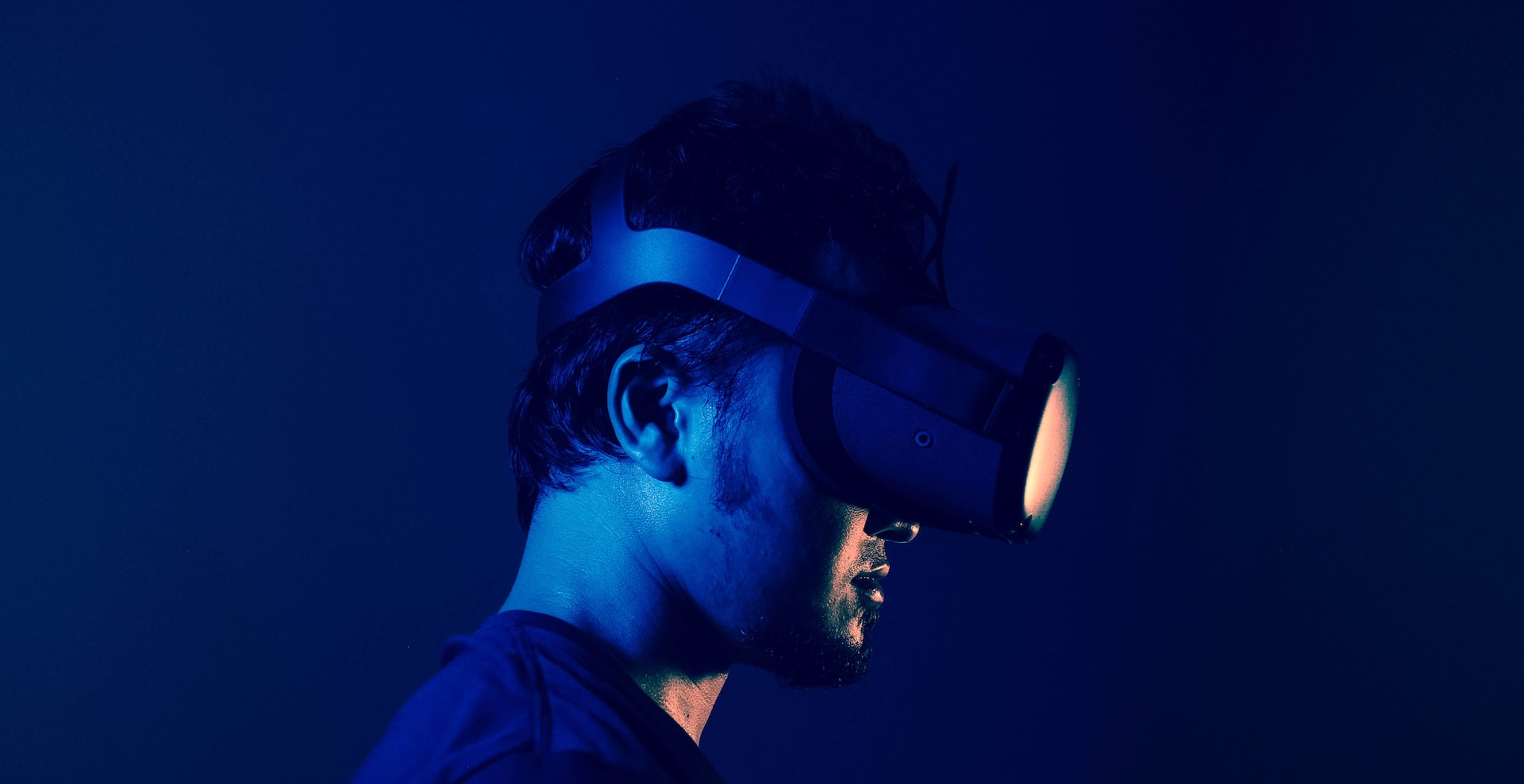The universe of video gaming has seen several transformative phases: from the blocky pixels of the Atari era to the photorealistic graphics of today’s AAA titles. However, the advent of Virtual Reality (VR) has ushered in a revolution unparalleled by any previous gaming innovation.
Not merely content with improving graphics, VR radically alters how players interact with and experience games. Here’s a deep dive into how VR is rewriting the playbook of modern gaming.
A New Dimension of Immersion
Traditional gaming confines players to a two-dimensional plane: even with the most spectacular graphics and detailed worlds, players have always looked in from the outside. VR flips this concept on its head. By wearing a VR headset, players are transported inside the game world, breaking the barriers between reality and the digital universe.
Just as sites like https://wealthylike.com/ provide valuable information and alternatives in the digital realm, VR offers a new perspective in gaming. Suddenly, the world surrounds you. Every movement, every glance alters your perspective, mirroring the way we experience the real world.
Redefining Game Interactions
With VR, game developers are reimagining game mechanics and how players interact with the virtual environment. Gone are the days when pushing a joystick was enough. Now, with motion controllers, players can grasp objects, wield swords, and cast magic with their own hands. This depth of interaction offers a more natural and intuitive way to play, bringing about a closer bond between player and game.
Games that harness the full power of VR provide experiences that are simply not possible on traditional platforms. Take horror games as an example. The dread and suspense are amplified tenfold when you’re not just observing a haunted mansion but are actually “inside” it, hearing eerie whispers just over your shoulder.
The Social Revolution
While gaming has always been a social activity, VR takes it to new heights. Virtual spaces, like VRChat, allow players to meet, talk, and interact in virtual environments, using avatars that move and gesture in real-time.
This can lead to deeper social connections, as the body language adds layers of communication not possible in traditional online chats. You’re not just playing a game with someone; you’re virtually “there” with them. For those interested in exploring more on diverse digital topics, https://alternativestimes.com/ is a great resource.
Challenges in VR Gaming
Yet, with all its potential, VR gaming faces hurdles. The cost of entry remains high. A premium VR experience requires not just a headset, but also a powerful gaming PC or console. Then there’s the issue of space: while some VR games can be played sitting down, many demand room to move around, which isn’t feasible for everyone.
There are physiological challenges as well. Motion sickness, known in this context as VR-induced nausea, affects a portion of players, making prolonged play uncomfortable. Developers are constantly researching ways to reduce this.
While strides have been made in VR, motion sickness remains a concern. For those interested in exploring similar technological challenges and solutions, https://similartimes.com/ provides insights into related topics.
The Road Ahead
Despite these challenges, the future is bright for VR gaming. As technology progresses, the cost of VR hardware is gradually coming down, making it more accessible. The quality of VR games is also on the rise, with major studios investing heavily in creating VR-first experiences.
Moreover, the potential applications of VR extend beyond gaming. Its principles are being used in education, medical training, and architectural visualization, to name a few. This wider adoption will undoubtedly drive technological advances, benefiting gaming in turn.
Conclusion
The gaming landscape is no stranger to evolution, but VR represents more than just another step; it’s a quantum leap. By offering unparalleled immersion and redefining how players interact with virtual worlds, VR is setting the stage for a future where games are not just seen or heard but lived.
While challenges remain, the trajectory is clear: VR is not just a trend but the future pillar of gaming. As we strap on our headsets and dive into these virtual realms, one can only wonder in excitement about where this journey will take us next.









